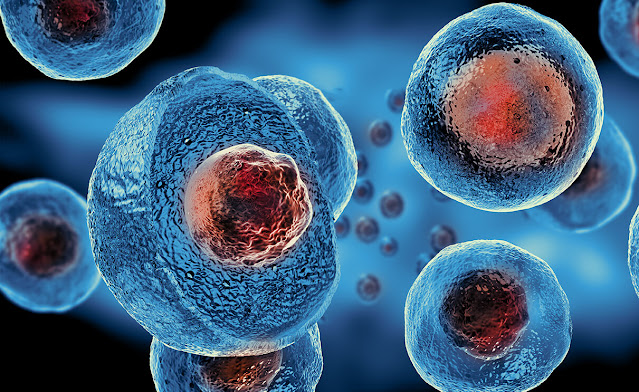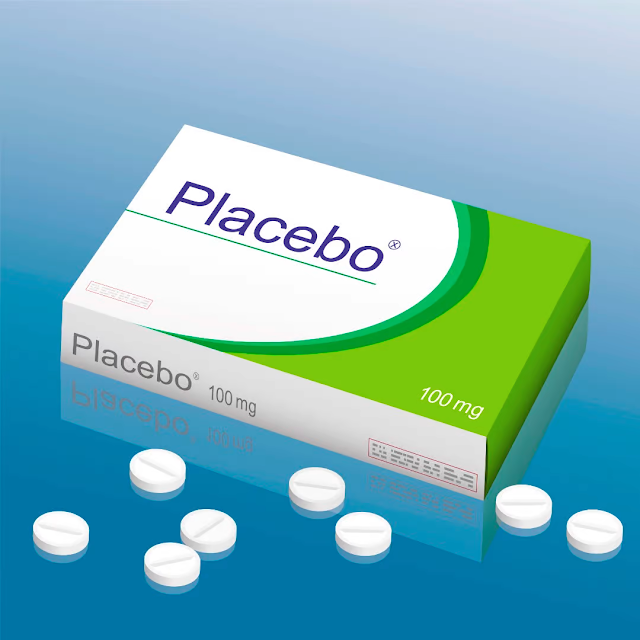Did we just cure HIV?
This blog post is from the Nurse Kim archives of myth busting. I want to share some "alternative" or maybe just lesser known health and wellness viewpoints for you to chew on.
*These posts are not intended as official medical advice.
They ARE meant to be fun, informative, and thought provoking, hopefully sparking an interest for you to do your own research (you can start with the links I provide!) and discover the marvels of the human body, and how it can function at its optimal performance level if we understand how it works and interacts with our environment and our diet.
I have a passion for health and wellness through lifestyle and nutrition and have done thousands of hours of research in addition to being a registered nurse for 23 years. I have done A LOT of self-experimentation in and around diet, lifestyle, body care, and supplementation and have spent a lot of time looking into the science behind it all (or lack thereof!). Check back weekly for the latest post!
-----
The progress with research on how to eradicate HIV has been
nothing short of miraculous over the decades. Almost everyone who takes HIV
medication as prescribed can reach an undetectable viral load, usually within six months after starting treatment. Undetectable
viral load is a fancy term for – the person’s bloodwork no longer comes back
positive for HIV. Yeah… pretty incredible!
But scientists could not quite call that a cure due
to the fact that if the individual stops taking the medication, or skips doses,
the viral load goes back up pretty quickly because the virus is stored in a “reservoir”
of sorts in the body. Eliminating this viral reservoir has been thought to be the key
to a cure.
We have even successfully treated pregnant people and babies
and reduced the rate of transmission to the baby during pregnancy and birth to less than 1%!
There are also some vaccines on the market and still being
studied that have shown some promising results.
But the latest info just out in the news today is
pretty unbelievable. YES, they are calling it an outright cure,
although before we get SUPER EXCITED, there are a few things to be ironed out with
the treatment before it becomes mainstream.
Stem cells
Stem cells have long been studied and utilized as vectors for
repair and replacement of cells that have been damaged or affected by disease. Stem cells are the body's raw materials — cells from which all other cells with
specialized functions are generated. Stem cells can be guided into becoming
specific cells that can be used to regenerate and repair tissues. Pretty amazing
stuff.
How the treatment of HIV with stem cells came about is super
interesting! Back in 2007, a person who had been on ART (HIV antiviral medication)
developed acute myeloid leukemia, a type of blood cancer. He was treated with a
bone marrow transplant from a healthy donor. The team treating him chose to use
a donor who had a specific genetic mutation (CCR5) that makes their cells
resistant to HIV (who knew this was a thing!?) just to see what would
happen with his HIV in addition to treating his blood cancer.
Well guess what?
Even though his body retained HIV DNA and RNA (suggesting the
“reservoir” was still there somewhere), it never began replicating again. They even
transplanted his immune cells into mice, and the virus still failed to replicate
as it normally would.
This procedure has now been repeated in 2018, 2019, and 2022
and all have stopped their ART and remained HIV free.
The drawbacks – medicine is never perfect
There is one train of thought that individuals with
particularly strong reservoirs or who’s HIV has learned to enter the cell in a
different way may not benefit from the treatment, although this has not been
the case with anyone treated.
The bigger issue is that bone marrow/stem cell transplants
are not just handed out like candy. They are very high risk procedures with a
long recovery period. Also, it is challenging to find a match, let alone one
who also happens to have the CCR5 HIV resistant gene mutation.
Hope
The HOPEFUL news (because we must end on that!) is that
scientists are looking to use stem cells taken from a person’s own body that
are genetically modified to have the CCR5 mutation (wow!), eliminating the need for
donor cells and therefore greatly decreasing the risks of the procedure and the
chance of the stem cells being rejected.
How cool is that!!?
Until next week ya’ll!




Comments
Post a Comment